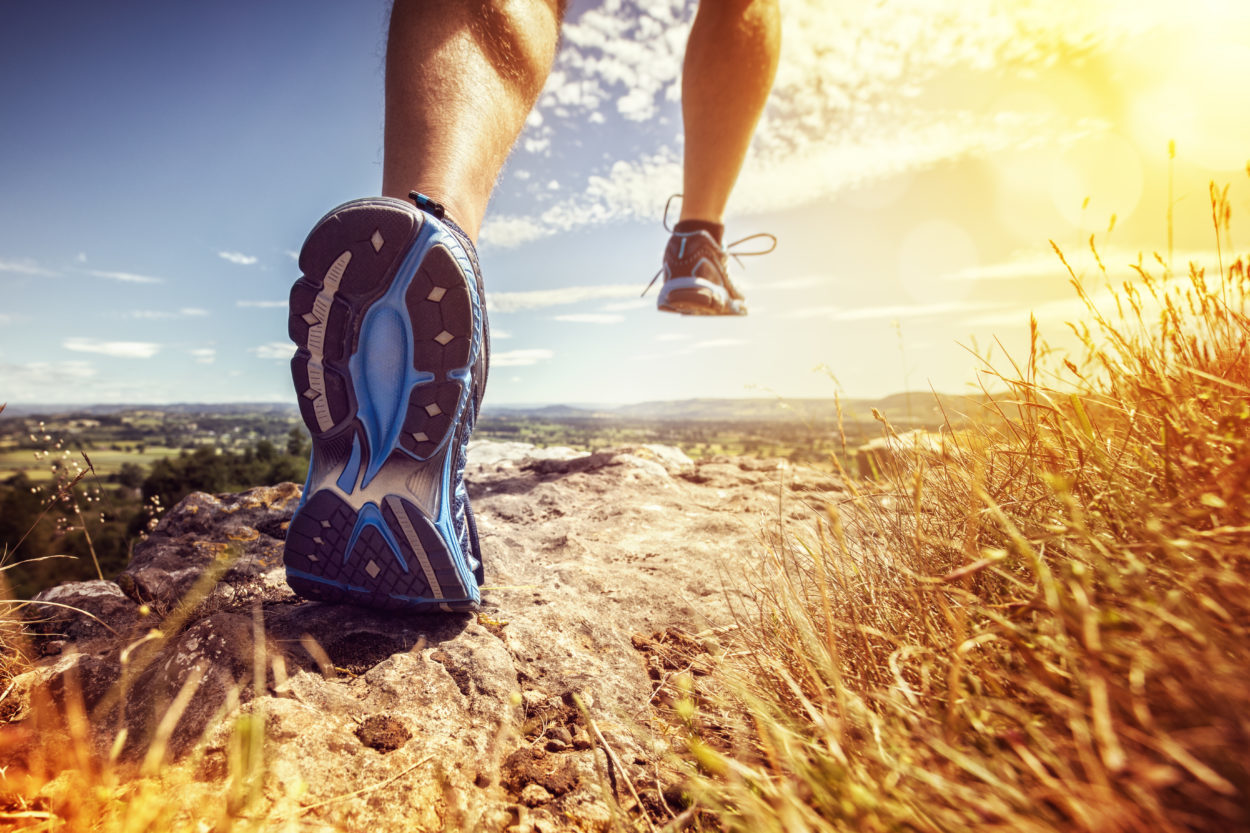The Power of Movement
The modern world is not a kind place for human movement. We spend most of our time being sedentary. Whether sitting on the couch, in our cars, or at work in front of a computer our lives are dominated by static postures. But is this lack of movement actually dangerous for you? Is sitting really the new smoking?
In this three-part series, we will explore a variety of human movement, look at the consequences movement has on our health, and finally explore ways to incorporate more healthy movement patterns in our lives. Human movement is a marvelous thing. Our bodies, and minds, are adept at traversing the most rugged environments and manipulating the most intricate objects. Movement is one of the most fundamental properties of being human, but for many people the idea of movement is relegated to the realm of exercise. And while exercise is an essential part of our movement experience, it is not an aspect we will focus on in these posts. Instead, we will look at the daily movement patterns that impact our health the most.
Movement as we know it.
Walking
I’m not talking about power walks, or even walking for exercise, but merely the act of physically moving from one location to another using our bodies natural means of locomotion. We have created a lot of technology to help us get from one spot to another. We can drive, fly, sail, ride in trains or on horseback or bikes. All of these methods of travel are great, but they can not replace the act of walking.
Walking creates a host of beneficial changes to our bodies that go beyond burning a few calories. Walking maintains proper hip and sacral motion, it creates mechanical and proprioceptive forces on our joints and bones that keep them in good working order, and it stimulates neural development in children and maintains neural health in adults.
Sitting
That’s right; sitting is crucial for our health. But isn’t sitting the new smoking? The problem isn’t sitting, its that we sit for hours each day without varying our position. We slouch on our sofas, chairs, car seats and even in bed. We spend far too many hours not moving and not placing our bodies in varied positions as we sit. Sitting is a meaningful way to rest our bodies, but we need to learn to vary our seated posture and to sit less frequently.
Hidden Movements
Breathing
Breathing may not seem like movement, but it is a fundamental movement patterns for all vertebrates. Normal breathing is accomplished when the diaphragm contracts and expands the volume of our chest cavity which creates a change in lung pressure allowing us to ‘breathe’. Unfortunately, few people utilize their diaphragm as the primary muscle for breathing, and recruit upper chest and shoulder muscles to increase their lung volume. We can see this pattern when our shoulders move up as if shrugging, instead of having our belly expand.
Why is this shift in breathing patterns significant? Using our diaphragm to breath creates more oxygen intake and doesn’t overuse the accessory breathing muscles. Overuse of our accessory breathing muscles alters our posture and creates dysfunctional movement patterns. It’s a lose-lose scenario where we lose functional movement capacity and lung capacity at the same time.
Imbibition
Imbibition is the method our spinal discs utilize to obtain nutrients and get rid of waste. Spinal discs lack sufficient blood flow to stay healthy the way other cells and organs in the body do. They rely instead on forces of compression and expansion known as imbibition that pumps nutrients and waste to and from the disc. Imbibition works best when the joint moves often throughout the day and then relaxes at night. Staying static most of the day denies our joints the necessary movement to stay healthy.
Cellular Movement and epigenetics.
Unpacking the human genome has led to a new understanding of our genetic heritage. One of the most important concepts to emerge in the field of genetics is the concept of epigenetic expression. Our bodies respond to the environment by turning on some genes and turning off others. These changes are often subtle and may not be physically noticeable, but they can be powerful determinates of our health. Movement impacts our DNA in many ways, but one of the most obvious is in the way our physical body adapts to prolonged postures over time.
Sitting for hours each day and slumping forward to work on our keyboards or phones causes our bodies to respond by altering our muscle length and bone densities to create a new, more efficient posture, even if this new posture comes with a long-term price. Life likes efficiency, and if having forward head posture, rounded shoulders and protracted scapulae are the most efficient positions to be in then our bodies will adapt the dysfunctional posture. Of course, these positions can lead to long-term joint injury and a loss of quality movement patterns as we age, but epigenetics is all about surviving in a dangerous world, and efficiency is a crucial concept to survival.
What’s the takeaway?
So there are a host of movements that we have to keep in mind when we examine our daily activities. Large motor patterns like walking or sitting seem self-explanatory, but they change us at a cellular and genetic level, which is far less noticeable. In the next post, we’ll explore the positive and negative changes that occur as a result of our long-term movement patterns.

